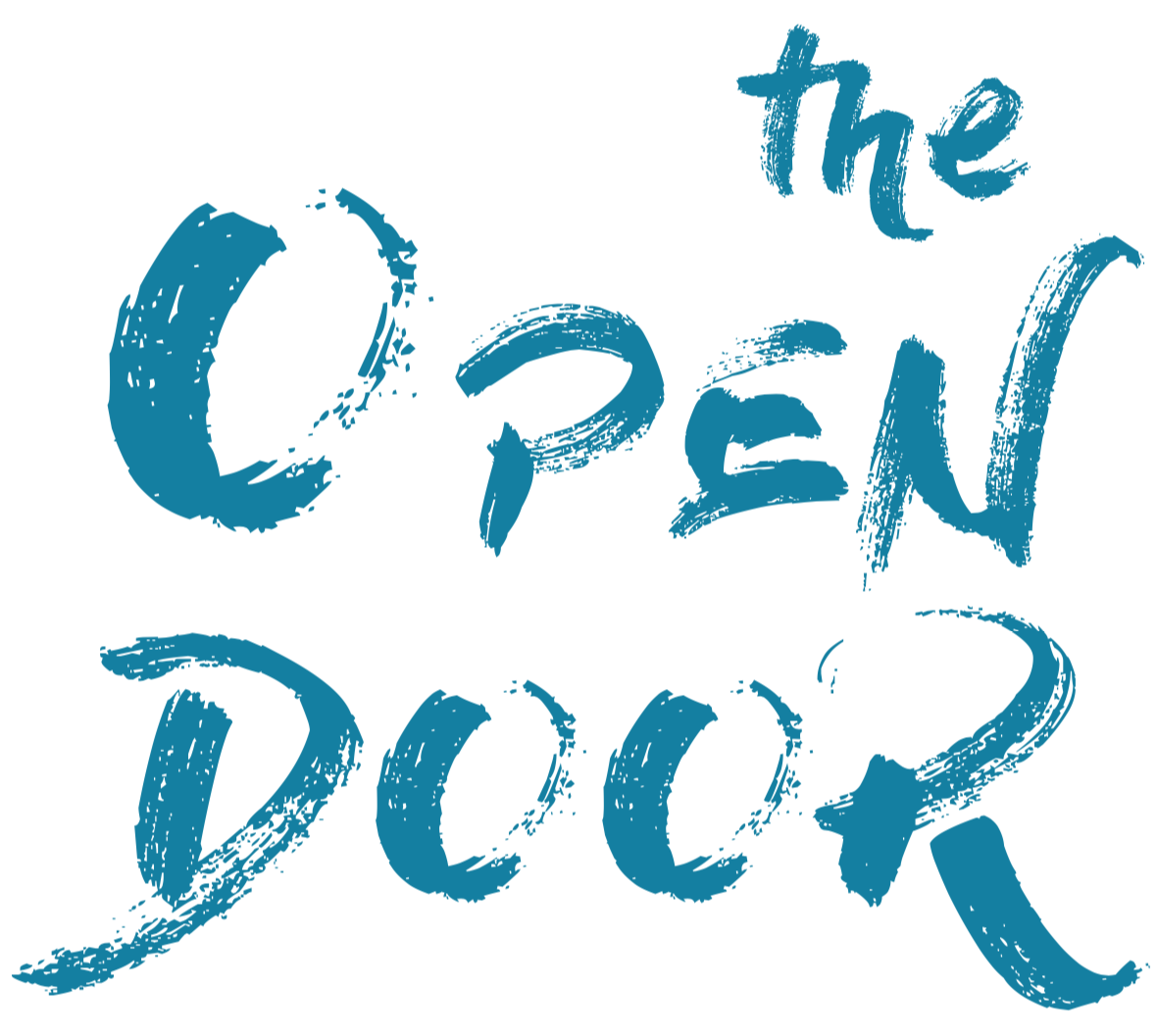CRANIOSACRAL THERAPY AND RECOVERY FROM SURGERY AND ANAESTHETIC
Steve Bonnelucq-Lane
In my Craniosacral Therapy practice, I often meet clients preparing and recovering from surgery. For 12 years, I also practiced as a Craniosacral Therapist in a hospital in Brighton where I worked alongside medically trained colleagues supporting patients post-surgery. While most people recover well, some experience a range of sensations and feelings that can be disorienting and distressing if left unresolved. Here are some common experiences I’ve encountered and a description of how I support recovery from surgery and anaesthetic with Craniosacral Therapy.
What happens under general anaesthetic?
General anaesthesia is a whole person experience, affecting body, brain and mind. The variety of medications used ensure the following responses to minimise the distress of the surgery:
Analgesia — loss of response to pain and sensation
Amnesia — loss of memory
Immobility — loss of motor reflexes and control of reflexes of the autonomic nervous system
Unconsciousness
Relaxation of skeletal muscles
Anaesthetic medication continues to be refined and I frequently hear of the high level of care (both on a medical and human level) offered by Anaesthetists, as well as innovative measures to minimise any psychological side-effects. While most people will recover without symptoms, some will respond differently to the combination of drugs used and the experience of surgery itself. In these instances, I often hear the following:
“I feel like I’m floating and my feet aren’t touching the ground”
“There’s a delay from when I decide to do something to when my body actually moves”
“A part/side of my body feels like it’s not really there”
“I want to burst into tears or shout at someone and I have no idea why?”
“I feel like I’m in a dream, everything’s a bit hazy”
“I feel as if I’m about to fall over or bump into something”
“I have an underlying sense of panic and I don’t know why”
Even when the surgery has been successful, the body, brain and mind can appear to respond “as if” still in an anaesthetised state. Perhaps this is the body using its own chemistry to mimic the effects of the medication as a protective response, even after the anaesthetic medication has been metabolised. While there are short-term benefits to this non-conscious response, it becomes more problematic if it develops into a habitual way of being. These residual effects have the potential to impair the clarity and nuance of movement, body sensation, spacial awareness and emotions.
Processing the Emotional Response
The combination of surgery and anaesthetic can evoke an emotional response in addition to the changes in perception and sensation. Along with the physical implications of surgery, “not feeling the body” can distort the sense of self and bring up feelings of fear, sadness and anger. The intense immobilisation and disorientation of anaesthesia, coupled with the loss of control can lead to a sense of vulnerability, agitation and helplessness. This can happen even when the client ‘rationally’ understands that the surgeon is highly skilled and empathic and the operation was successful. The emotional response of the patient needs to be acknowledged and processed however and whenever it emerges. Emotions often emerge quite some time after surgery which can make the experience feel all the more confusing. Re-integrating a sense of the body is an essential part of this process.
Reintegrating Sensation and Movement
In Craniosacral sessions I use touch and simple verbal interaction with the client about their body awareness to support feelings of safety and relaxation. This helps the client to feel their way back into their body in present time so that their physiology no longer responds “as if” still anaesthetised. The gentle holding I offer through Craniosacral Therapy can support a gradual return to sensation, often described as feeling like a fog has been lifted from the body.
Some people feel clumsy and uncoordinated after anaesthetic, the limbs can feel like they are not quite connected to the rest of the body. Mis-timing small movements can go with the sense of “the body not really being there” or that the whole body feels like “a ghost” or “a hologram“. While gross movements usually return quickly, subtle movement can be slower to return so I often help clients to engage with simple, gentle physical movement to help ‘light up’ parts of the body that feel disconnected.
Many anaesthetic medications are designed to stop post-operative shivering. In recovering from surgery, shivering, twitching or trembling sometimes happens in a Craniosacral session and I reassure and support clients to do this safely. These movements are usually associated with a sense of relief and often feel pleasant.
Feel Grounded and Whole with Craniosacral Therapy
The disorientation experienced after surgery can be subtle, distressing and confusing and this is why I think it is so important for people to be supported and held through the process so that they can reestablish their sense of body and self in the present moment. Craniosacral Therapy helps the post-surgery haze to clear and is followed by a more grounded, fuller sense of the body and a clearer mind.
NB – The medical priority
Maintaining communication with the primary care services available (eg Doctor or Surgical Consultant) is obviously the priority for the client to ensure safety from a medical perspective and there are many vital ways that rehabilitation is supported in this way. The support I offer to clients is ‘complementary to‘ not ‘instead of‘ medical care. Anyone who has had surgery or anaesthetic needs to speak with their primary care contact in the first instance and particularly if they have any concerns about their health.
Steve Bonnelucq-Lane: https://www.learninginthebody.com
